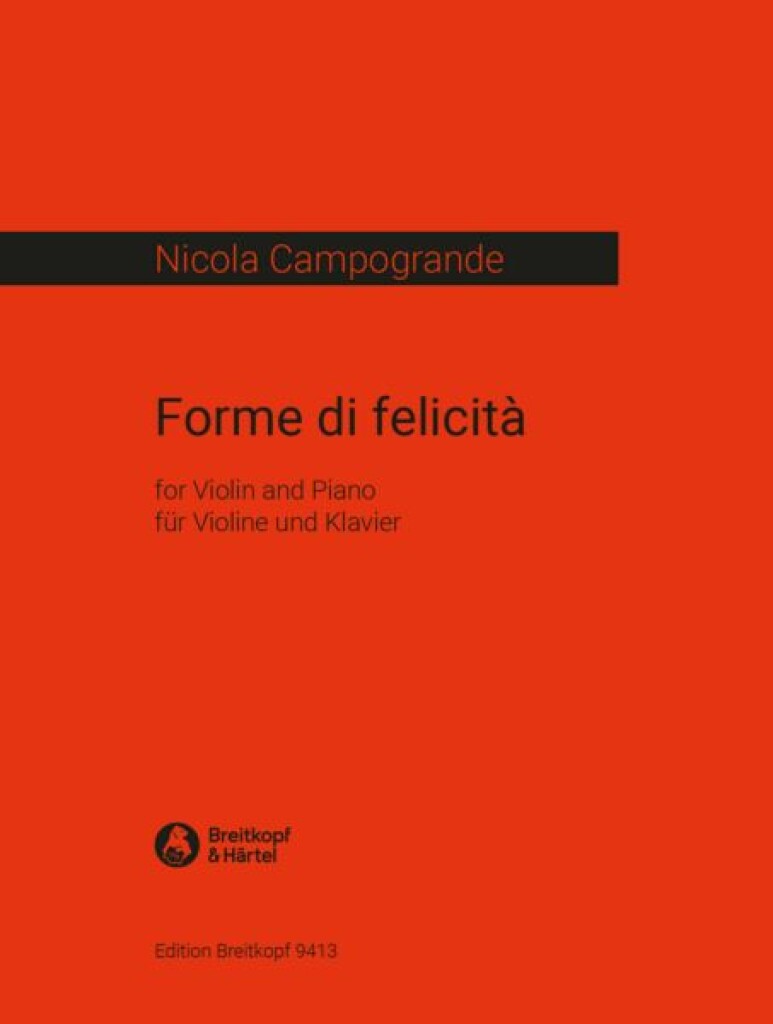Spécialiste en vente de partitions musicales et matériel de musique
Plus de 1 millions de partitions, accessoires & instruments de musique (Livraison mondiale)
Plus de 1 millions de partitions, accessoires & instruments de musique (Livraison mondiale)
|
|
| Vendeurs Européens | Vendeur Américain | |||||||
|
||||||||
Spécialiste en vente de partitions musicales et matériel de musique
Plus de 1 millions de partitions, accessoires & instruments de musique (Livraison mondiale)
Plus de 1 millions de partitions, accessoires & instruments de musique (Livraison mondiale)
A
VENT |
A
CORDES |
A
CLAVIER |
PERCUSSIONS |
||||
Toute la section voix
Voix seule Chorale SATB Chorale 3 parties Chorale 2 parties Chorale TTBB Chorale SSAA
|
Batterie
Cloches Marimba Percussion : Bodhran -Bongo - Congas - Djembe - Darbuka - Timpani - Tabla Vibraphone Xylophone
|
Partitions nouveautés

 (VENDEUR EUROPEEN)
(VENDEUR EUROPEEN)

